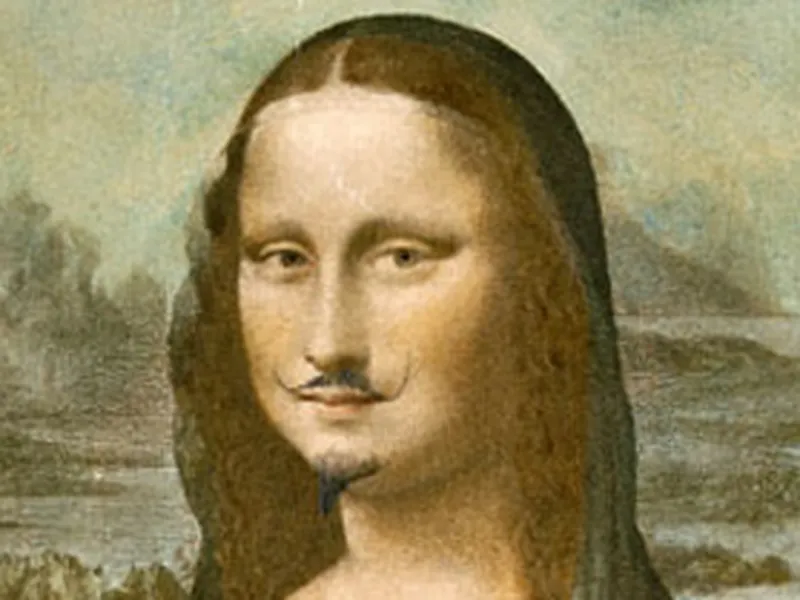
Robert Draws – Anti-aesthetic and revolutionary art, Dadaism, emerged as a powerful response to the horrors of World War I. It broke away from traditional art forms and embraced chaos, irrationality, and spontaneity. Dadaism challenged established norms and conventions in both art and society. The movement rejected the idea that art needed to be beautiful or meaningful in the conventional sense. Instead, it celebrated absurdity and rebellion. In this article, we will explore the history, characteristics, and iconic works of Dadaism, a movement that changed the course of modern art.
According to the Guggenheim New York, Dadaism was an art movement that emerged in 1916 in Zurich, Switzerland, as a reaction to the brutality and absurdity of World War I. Dadaism developed as a form of protest against the social and political values believed to have contributed to the devastation of the war. The movement embraced anti-aesthetic principles, prioritizing art that was free from established norms and logic. Dadaism celebrated creative freedom, even if the resulting works seemed strange and nonsensical.
Dadaism was not just an art movement; it was a rebellion against ignorance, war, and the established social system. The movement emerged as a response to bourgeois society and war, with an anti-aesthetic expression that rejected logic and rationality.
“Read about: Fadli Zon: Rat-Garuda Painting Still Tolerable as Art”
In 1916, during the ongoing World War I, many artists, poets, and intellectuals sought refuge from the chaos of the war. Zurich, Switzerland, became a hub for these individuals. As reported by Tate, they founded the Cabaret Voltaire, a satirical nightclub that became the birthplace of Dadaism. The artists were disgusted by the war’s massacres and believed that traditional art systems had also contributed to it. Consequently, they decided to dismantle the established values of art and create something new—something more free, spontaneous, and rebellious. This movement was founded on the principles of Anti-Aesthetic and Revolutionary Art, aiming to challenge societal norms.
Hugo Ball, a writer and one of Dadaism’s founders, explained that the movement aimed to create art that could destroy the existing social and political order. Dadaism emerged as a protest against bourgeois society and war, as well as a form of Anti-Aesthetic and Revolutionary Art that defied logic and rationality.
“Read more: Motor Gears: Understanding Their Crucial Role and Types”
Dada art stands out for its unique and unconventional characteristics. Works created by Dada artists often appear nonsensical, strange, and even chaotic. Dada artists believed that art didn’t always have to be beautiful or meaningful. Instead, they were more interested in exploring the concepts of absurdity, irrationality, and freedom of expression.
Some defining features of Dadaism include:
Several works became iconic representations of the Dadaist movement. These works highlighted the absurdity and rebellion that defined Dadaism. Below are some notable examples of Dadaist art:
These works were not easily understood by their contemporaries. However, they represented the Dadaists’ efforts to disrupt the art world and challenge its established rules. Despite early rejection, these works became important milestones in the development of modern art.
Dadaism was not simply an artistic rebellion but a fundamental shift in how people viewed art and its purpose. The movement’s rejection of aesthetic norms paved the way for future art movements, such as Surrealism and Abstract Expressionism. Dadaism showed that art could be spontaneous, irrational, and even chaotic, without needing to conform to traditional notions of beauty.
Although Dadaism did not last long as a formal movement, its influence is still felt in contemporary art. The idea that art can be a form of protest, a way to express the absurdities of life, and a challenge to the status quo continues to inspire artists today.
Thus, if you ever come across a piece of art that seems nonsensical or impossible to understand, there’s a good chance it’s part of the Dadaist legacy. With Dadaism, art was liberated from the constraints of tradition, becoming a medium for free expression and radical change.